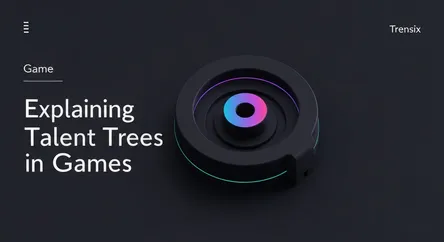Game
Explaining Talent Trees in Games

Discover talent trees, the gameplay mechanic for customizing character abilities. Learn how they shape progression and playstyles in RPGs and beyond.
What is it?
A talent tree, also known as a skill tree, is a visual progression system common in video games, especially role-playing games (RPGs). It presents players with a branching diagram of abilities, perks, and statistical upgrades. As players level up or complete objectives, they earn points to spend on this tree. By investing points, they unlock new skills or enhance existing ones, allowing them to customize their character's capabilities to suit a specific playstyle, such as a defensive tank, a powerful spellcaster, or a stealthy rogue.
Why is it trending?
Talent trees are a cornerstone of modern game design because they provide players with a deep sense of agency and meaningful choice. They make progression feel rewarding and tangible, visually mapping out a character's growth. This system significantly enhances replayability, as players are encouraged to start new games to experiment with different builds and unlock different paths. The popularity of titles like World of Warcraft, Diablo, and Borderlands has cemented talent trees as an expected and beloved feature for players who enjoy crafting a unique in-game identity.
How does it affect people?
Talent trees directly impact the player experience by encouraging strategic planning and foresight. Players must decide which abilities will be most beneficial for their goals, often weighing short-term gains against powerful late-game talents. This fosters a deeper connection to their character, as the build becomes a form of self-expression. It empowers players by making their decisions feel consequential, shaping not just their character's power but their entire approach to overcoming the game's challenges. This personalized journey is a key driver of long-term engagement and satisfaction.